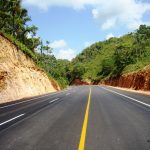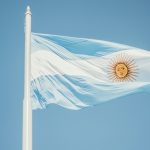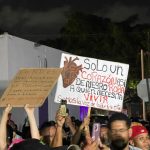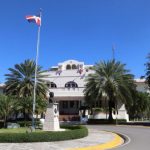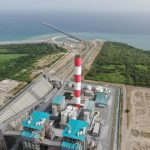CAF to fund sargassum management initiative
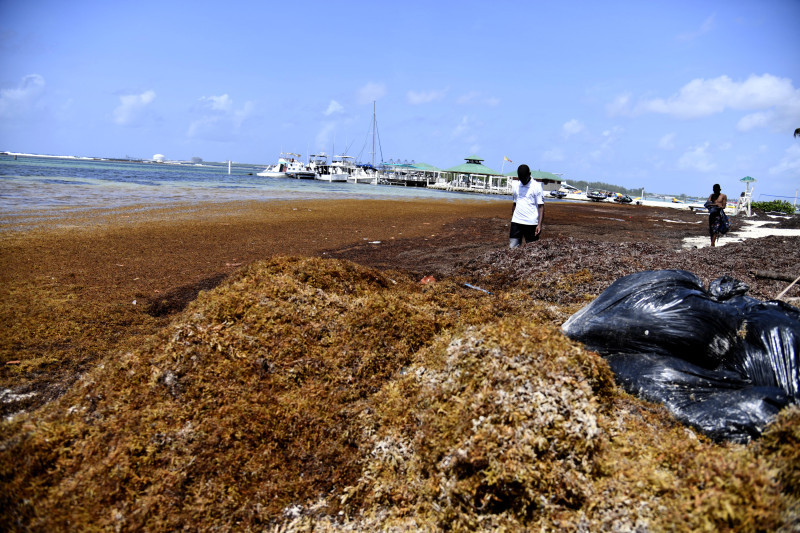
The initiative that promotes the integrated management of sargassum in Latin America and the Caribbean
The Inter-American Institute for Climate Change Research (IAI) will lead an initiative to develop a project identification form for the Global Environment Facility on “Promoting Integrated Sargassum Management: Building Resilient Tourism and Fisheries through Marine Ecosystem Conservation (SARGMARINE).”
The initiative, which promotes integrated sargassum management in Latin America and the Caribbean, aligned with national strategies and decisions adopted in multilateral environmental agreements, will be financed by the Development Bank of Latin America (CAF).
The algae come from the oceans to the seas and beaches, and this has become a problem for countries that live prominently from tourism because there are times when the beaches are filled with Sargassum and in places where they accumulate dirt and give off a horrendous odor.
This situation not only keeps bathers away but also hurts fishing.
However, the problem in the seas and islands in 2011 has already been supported by several international and regional organizations. In addition to CAF, several known initiatives have been seen as opportunities, and according to a publication in El País, dated Mexico in 2022, through the America Futura program: “It is estimated that every year 12 million tons of algae are harvested worldwide, particularly in Asia and the Pacific.”
Uses
The appearance of this brown macroalgae (Sargassum) on the Caribbean coasts is a consequence of climate change and has become one of the greatest threats to the tourism and fishing industry, CAF explains in a document.
Sargassum is being used as a raw material in provincial areas of Mexico, Peru, and now the Dominican Republic. In Mexico, for example, it has been used to build houses and shoes.
Other countries see the Sargassum as an opportunity to elaborate raw materials as food for cattle or use in the pharmaceutical industry.
In Mexico, a venture with Sargassum was announced, consisting of manufacturing cosmetics for export, especially skin cream. Another venture published in Mexican media, such as El Economista, is manufacturing blocks to make houses, made with blocks composed of 60% sargassum and 40% other organic materials.









